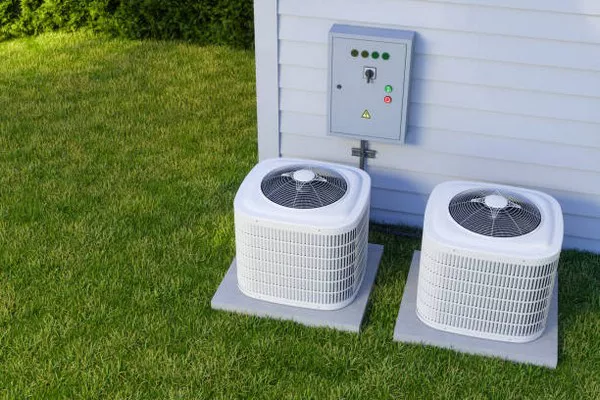In the realm of thermal comfort and preservation of perishables, two crucial systems stand out: HVAC (Heating, Ventilation, and Air Conditioning) and refrigeration. While both serve to control temperature and humidity, they cater to distinct purposes and operate on different principles. Understanding the disparities between these systems is essential for professionals in the field and consumers alike. This article delves into the intricacies of HVAC and refrigeration, elucidating their disparities and applications.
HVAC Systems:
HVAC systems are integral to maintaining indoor air quality and comfort in residential, commercial, and industrial settings. Their primary functions encompass heating, ventilation, and air conditioning. Heating is achieved through furnaces, boilers, or heat pumps, while air conditioning involves cooling the indoor air using refrigerants. Ventilation ensures the circulation of fresh air and the removal of pollutants, odors, and moisture.
Key Components of HVAC Systems:
Heating Component: Furnaces or boilers generate heat through combustion or electrical resistance, warming the air that is then distributed throughout the building via ductwork.
Ventilation Component: Ventilation systems facilitate the exchange of indoor and outdoor air, filtering out contaminants and regulating humidity levels to ensure optimal indoor air quality.
Air Conditioning Component: Air conditioning units utilize refrigerants to absorb heat from indoor air, cooling it down before circulating it back into the space. This process involves compression, condensation, expansion, and evaporation cycles.
Applications of HVAC Systems:
HVAC systems find widespread applications in various sectors, including residential buildings, commercial offices, hospitals, manufacturing facilities, and data centers. They play a pivotal role in maintaining comfortable indoor environments conducive to productivity, health, and well-being.
Refrigeration Systems:
Refrigeration systems are designed to preserve perishable goods, extend their shelf life, and maintain specific temperature conditions essential for storage and transportation. Unlike HVAC systems, which focus on regulating indoor air temperature, refrigeration systems primarily deal with cooling enclosed spaces to temperatures below the ambient level.
See Also What Does Refrigeration Mean In Hvac
Key Components of Refrigeration Systems:
Compressor: The compressor is the heart of the refrigeration system, responsible for compressing refrigerant vapor, raising its pressure, and circulating it through the system.
Condenser: In the condenser, the high-pressure refrigerant vapor releases heat and condenses into a liquid state through contact with a cooler surface or ambient air.
Evaporator: The evaporator absorbs heat from the enclosed space, causing the liquid refrigerant to evaporate and return to its gaseous state.
Expansion Valve: The expansion valve regulates the flow of refrigerant into the evaporator, controlling the system’s temperature and pressure.
SEE ALSO What is Marine Refrigeration?
Applications of Refrigeration Systems:
Refrigeration systems are indispensable in various industries, including food and beverage, pharmaceuticals, chemical processing, and cold storage logistics. They are used for preserving perishable food items, chilling beverages, maintaining vaccine efficacy, and facilitating chemical reactions requiring low temperatures.
Distinguishing Factors: While HVAC and refrigeration systems share some common principles and components, several key distinctions set them apart:
Objective:
HVAC systems aim to regulate indoor air temperature, humidity, and quality to enhance comfort and well-being.
Refrigeration systems focus on cooling enclosed spaces or preserving perishable goods by maintaining low temperatures.
Temperature Range:
HVAC systems typically operate within a moderate temperature range suited for human comfort, usually between 68°F to 78°F (20°C to 25°C).
Refrigeration systems maintain temperatures well below ambient levels, often ranging from below freezing to slightly above.
Applications:
HVAC systems are employed in diverse settings, including residential, commercial, and industrial buildings, to create comfortable indoor environments.
Refrigeration systems are predominantly utilized in industries requiring cold storage, such as food processing, pharmaceuticals, and chemical manufacturing.
Components:
While both systems utilize similar components like compressors, condensers, and evaporators, their configurations and operational parameters vary based on their intended applications.
Conclusion:
In summary, while HVAC and refrigeration systems share commonalities in their underlying principles and components, they serve distinct purposes and cater to different applications. HVAC systems focus on regulating indoor air quality and temperature for human comfort, while refrigeration systems specialize in cooling enclosed spaces and preserving perishable goods. Understanding the disparities between these systems is crucial for professionals in the field and consumers alike, enabling informed decision-making regarding system selection, installation, and maintenance.

